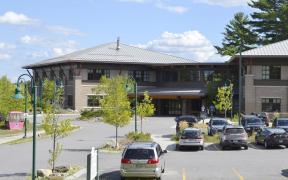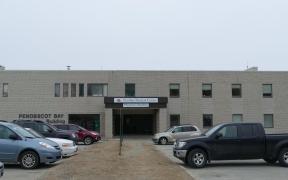What is plantar fasciitis?
Plantar fasciitis is an injury of the sole of the foot, often caused by overuse. Plantar fasciitis happens when a thick band of tissue called the plantar fascia becomes inflamed and painful. Heel pain and stiffness are results of injured plantar fascia. The plantar fascia runs across the bottom of the foot. It connects your toes to your heel bone. We use our plantar fascia every time we walk and run.
What are the symptoms of plantar fasciitis?
Plantar fasciitis usually starts with mild pain in the heel bone, and gets gradually worse. Pain is usually worse when getting up in the morning or after sitting down for an extended period of time. Most people say that they feel pain after exercising, not during exercise. The pain is often described as a burning or aching feeling on the bottom of the foot and heel.
How is plantar fasciitis diagnosed?
Your provider will look for swelling and redness in the area. Your provider will check the strength of your muscles and nerves by evaluating your reflexes, balance, coordination, sense of touch, sense of sight, and muscle tone.
Your provider may decide to do an X-ray or MRI before giving a diagnosis of plantar fasciitis, to make sure that you pain is not from a fracture.
There are some factors that can make it more likely to develop plantar fasciitis. These factors include:
Being female
Being overweight or obese
Having a job that requires standing on hard surfaces
Walking or running for exercise
Having flat feet
Having very high arches
Tight Achilles tendons
Wearing shoes with poor arch support or soft soles
Women may experience plantar fasciitis during pregnancy, especially during the latter months of their pregnancy.
Plantar fasciitis may be treated and cared for in several ways. Most of the time, surgery is not necessary.
Home treatments: There are things that can be done at home to treat plantar fasciitis. Most providers recommend resting with feet elevated and iced for 20 minutes, three-to-four times a day. Arch supports in shoes and stretching exercises can help to relieve pain.
Medical treatments: There are various medical treatments for plantar fasciitis. Your doctor can inject a corticosteroid right into the ligament. This can be done in the doctor’s office. Your doctor can apply corticosteroids on the skin of your heel or arch, and then use an electrical current to help the steroid pass into the muscle. This is painless. Your doctor may refer you to physical therapy. A physical therapist will show you stretching and exercises to relieve your pain, strengthen your muscles, and stabilize your walk.
Braces and supports: Your doctor may recommend that you use night splints to stretch the calf and arch of the foot. Night splints work by holding the foot in a flexed position. Customized arch supports in your shoes will distribute pressure and relieve pain. Boot casts hold your foot in one position to reduce strain from movement and allow the injured plantar fascia to heal.



























